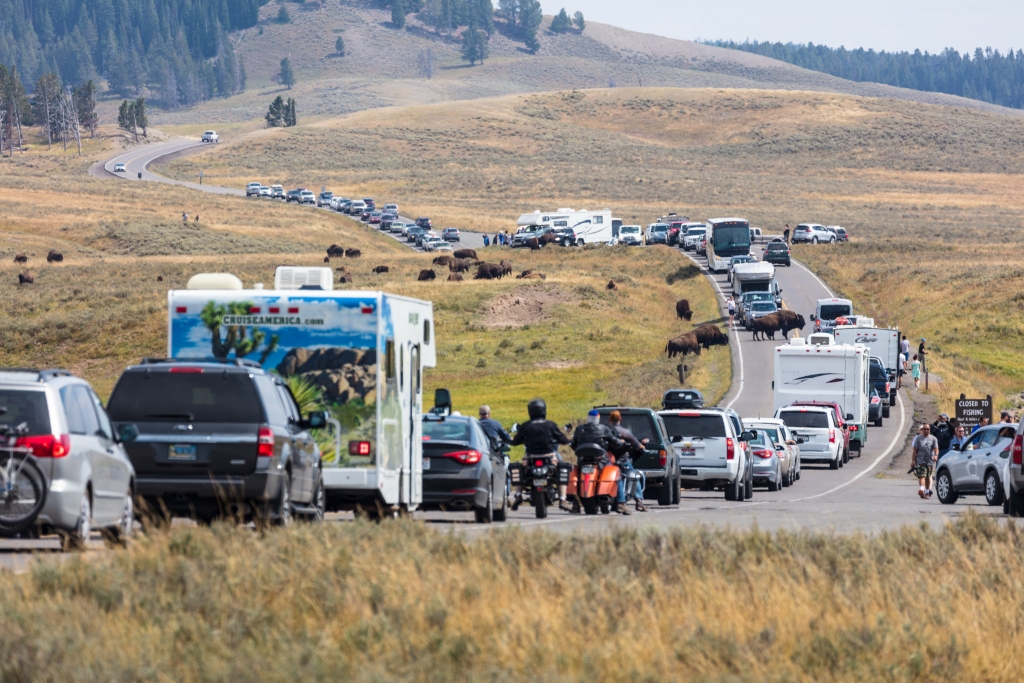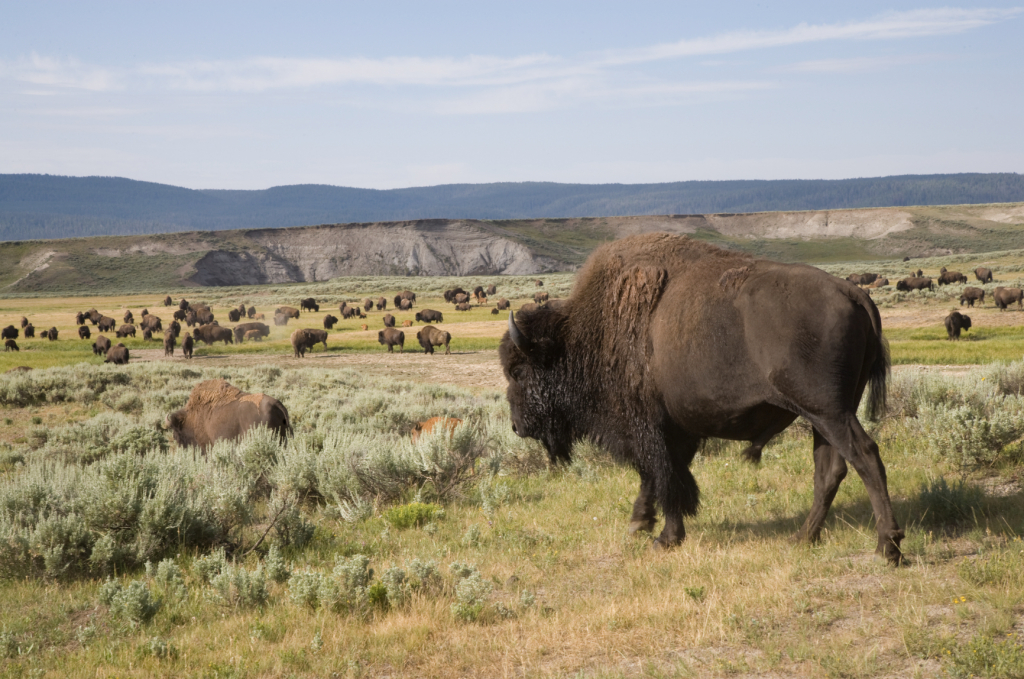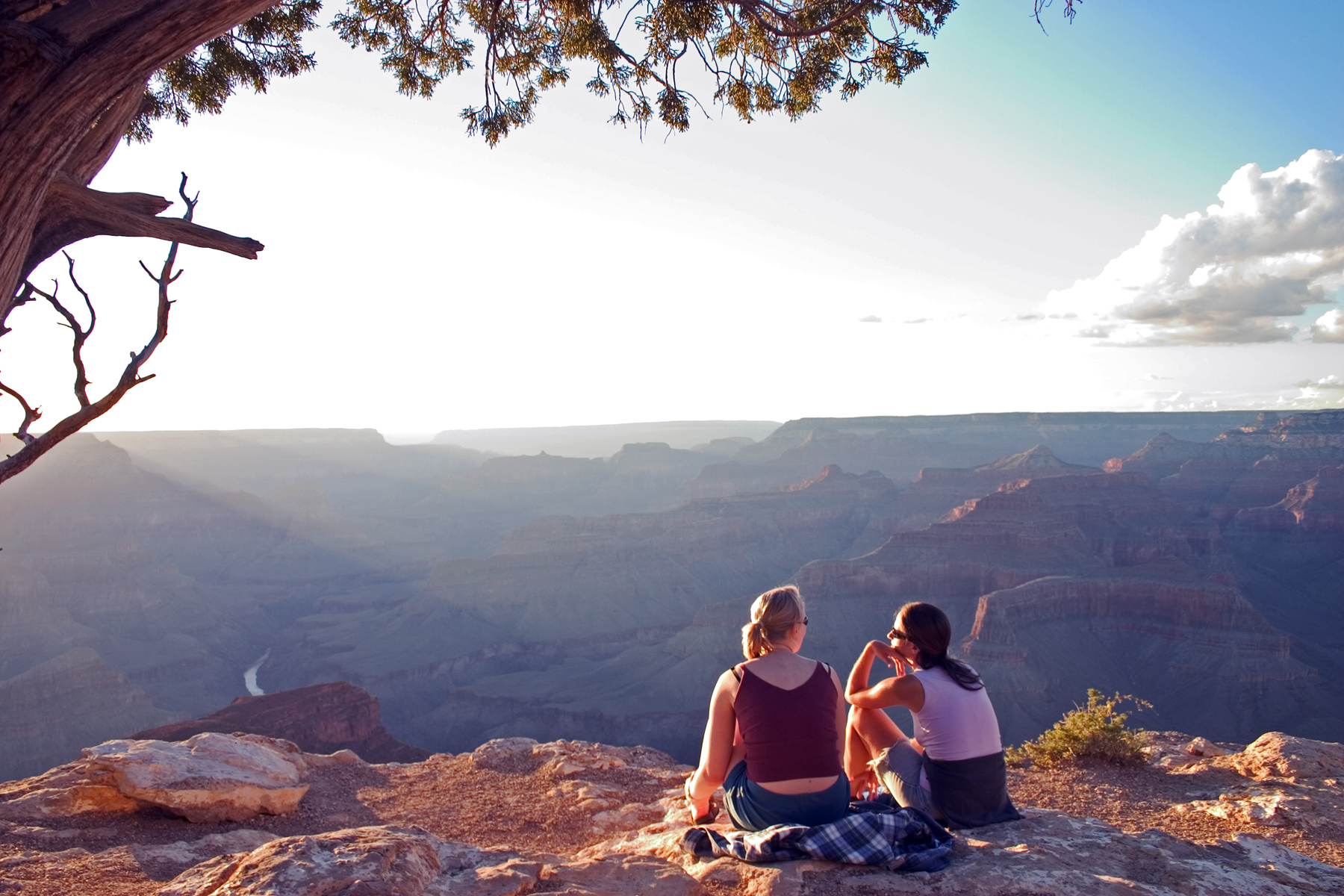Pack Up Your Gear and Head Out to “America’s Best Idea”
America’s best idea beckons with an astounding array of choices: stunning vistas, painted deserts, frozen monuments, meditative forests, enthralling rivers, and a chance to embrace the quiet in life. A special way to immerse yourself in the glories of the parks is by camping.
But those pleasures don’t come without preparation. Follow these tips to maximize the indescribable wow and minimize the anxiety of your next camping trip.

DO
Plan ahead and book campsites as early as possible.
In general, campsites can be reserved three to nine months in advance (it varies by park and date). Yes, the most popular ones on the most popular dates fill within minutes. But you can still reserve sites at most parks in the weeks leading up to your visit. Book via the National Park Service website or the Xanterra website for each individual park.
At Yellowstone National Park, for instance, Xanterra Travel Collection® operates four campgrounds and an RV park totalling approximately 1,700 sites that accept reservations while the National Park Service operates seven campgrounds with more than 450 sites that are first-come, first-served and usually fill by early morning during peak season.
Many campsites are not open year-round and their opening dates can vary from year to year. At Yellowstone, for example, most campgrounds begin opening in May and close by sometime in September. The Mammoth Hot Springs campground, though, is open year round. Being flexible with dates or sites gives you a better chance of securing a reservation.
Consider buying an annual pass to the national parks for $80 (free to military).
The America the Beautiful passes cover entrance fees at national parks and national wildlife refuges as well as standard amenity fees (day use fees) at national forests and grasslands.
Pack smartly by understanding the weather at your destination.
The temperature and conditions can vary greatly, depending upon the park. At Yellowstone, day temperatures may be in the 70s, then may dip to freezing at night, even in summer. Hike up to Angels Landing in Zion National Park in the sun and you’ll be warm, but walk through the cold water up the river to The Narrows in the shade of the stone walls and you’ll want warmer clothes. Pack rain gear, sturdy hiking shoes, hats and sunscreen. Check the National Park Service website for seasonal weather.
Hang on to that map the ranger hands you when you enter the park.
We’re accustomed to using our phones for navigation, but cell coverage is spotty at best in many parks. So rely on that old-fashioned piece of paper.
Build in unscheduled time to explore the options at your park.
Whether it’s a guided ranger tour, an art class, or a hike on a less-traveled trail recommended by a camper nearby, leave time for serendipity.
Check out guided tours.
There is a dizzying array of opportunities for exploration in every park. Check with local tour companies about adventures right for you and your family. It might be canyoneering near Zion, backpacking deep into the backcountry at Glacier National Park or trout fishing on Yellowstone Lake.
Embrace the retreat from civilization.
National parks are rare places in the modern world that are quiet and dark. And camping provides the perfect way to enjoy that. Find a spot where you can listen to the silence and watch the Milky Way emerge from the blackest of night skies. Turn your cell phone off for some real peace and quiet.

DON’T
Buy travel essentials in or near the park.
They will be much more expensive. Get your toiletries, package goods, fire starter, and other materials before you leave home.
Camp outside the prescribed area.
Limit the trauma on the park’s natural areas by sticking to your designated site.
Leave your food out.
Store it in your vehicle or in a designated animal-proof container, often provided at the campground. Keeping your food protected keeps you safe from an up-close-and-personal meeting with wildlife.
Engage the wildlife.It’s their turf; you’re just a temporary resident. Take sensible precautions and remember that wildlife means “wild.”
Leave a mess.
When you pack, reduce your litter even in a campsite. Trash attracts wildlife and insects. Leave no trace.
Forget first aid.
Pack a small kit of essentials you may need so you don’t have to go out looking for a Band-Aid should you injure yourself with the S’mores stick at midnight.
For more travel experiences available from Xanterra Travel Collection® and its affiliated properties, visit xanterra.com/stories.


